|
A first impression of Henryk Ptasiewicz - whether meeting him in person or viewing his art - is that this is a guy who is serious about whatever he does. It’s there in his bold brushstrokes, his choice of colors. He expresses it with a dash of humor, but he’s serious when he talks about art - how to make it and how it relates to the real world of our daily lives And he makes a damned serious cup of coffee. For Henryk, being alive on the planet earth - and translating that experience through art - is the primary focus of every day. His studio in the old Koken barber chair factory in South St. Louis bursts with paintings, sculptures and whimsically constructed objects from floor to ceiling. “The difference between me and a lot of painters is, I don’t wait for the muse to bite me on the bum. On a good day I’d spend eight hours drawing, eight hours painting, eight hours sculpting. But you can’t live like that.” Henryk was born and raised in an industrial town in the North of England. His father fought with the Polish Free Air Force before moving to England to join a Polish Squadron of the Royal Air Force. He studied at St. Martins School of Art in London and worked as a graphic designer, creating album covers, paperback book covers, “whatever it took to make a living”, and then as a commercial fiberglass designer and sculptor. In 1984 he met artist Robert Lenkiewiez, who impressed upon him the power of art to change how we see the world. In 1999 Henryk moved to the United States, determined to make his living as a painter. He quotes Lenkiewiez to sum up his own no-nonsense approach toward creativity: “All an artist needs is two brushes - one to paint and the other to brush his teeth.” Henryk’s paintings - whether portraits, plein air, abstract or fantastical - exude energy. He wants to get it down on the canvas as quickly as possible - while pulling viewers into the content in ways that are hard to resist. “I haven’t got any patience. I so much want to move on to the next thing. I need to get it down with attitude. If you look, there are certain elements of my paintings that are not finished. And the reason is, the way the eye works. You don’t see so much in focus. Most of what we see are impressions. I work backwards from that. I start out with an impression and then I’ll focus on the bit that I want you to look at.” But if you want to get into a conversation with Henryk about technique, you won’t get far. “Technique,” he says, “doesn’t matter. It’s not about technique. It’s about intent. All you’re doing is putting paint on the canvas, and you can do it with a toilet brush if you have to. You can do it with your fingers. If you’re going to sit there and talk about technique, I’ll leave the room. I’ll fall asleep.” But Henryk’s opinions on technique are best understood as the thoughts of an artist who has mastered the elements of his craft to the point where he doesn’t needto think about them consciously anymore. Think Charlie Parker on breathing techniques. Or Thelonious Monk on fingering. “You don’t look at the beauty of the brush stroke. It’s about the object - the narrative - of the painting. I get you to respond emotionally if everything works. It’s unconscious. It’s subliminal. That’s what an artist can do.” Favorite subject? “Everything! I haven’t got one thing that I prefer over anything else. But there’s nothing more interesting than people.” In fact, portraits cover a good portion of his studio walls. “Everybody’s got a story. If you’re sitting for me, we’ll be talking. I want to know about you. I find that appealing.”
Foremost, Henryk Ptasiewicz wants to create art that is “more than just a pretty picture for your aunt’s wall.” Art for him is a means to an end - a way to explore - without boundaries or limits, and present whatever he finds in ways that might change us. “I’m giving you permission to stare. Now you’re talking about the power of art. You can have any reaction you want. You can be visually appalled or enthralled. “I want you to come and see the world through my eyes. There are seven billion people on the planet and only one of me. So, yeah, this is my viewpoint. That’s all I’m asking. We live in this incredible place. We just have to take our blinders off and see it.”
2 Comments
Your comment will be posted after it is approved.
Leave a Reply. |
Patrick Murphy has worked in St. Louis radio and television for the past forty years. He has produced a variety of arts-related programs for for St. Louis public television, including the series "Arts America" and "Night at the Symphony". He currently serves on the Webster Groves arts commission and is an aspiring water colorist.
Archives
August 2018
Categories
All
|

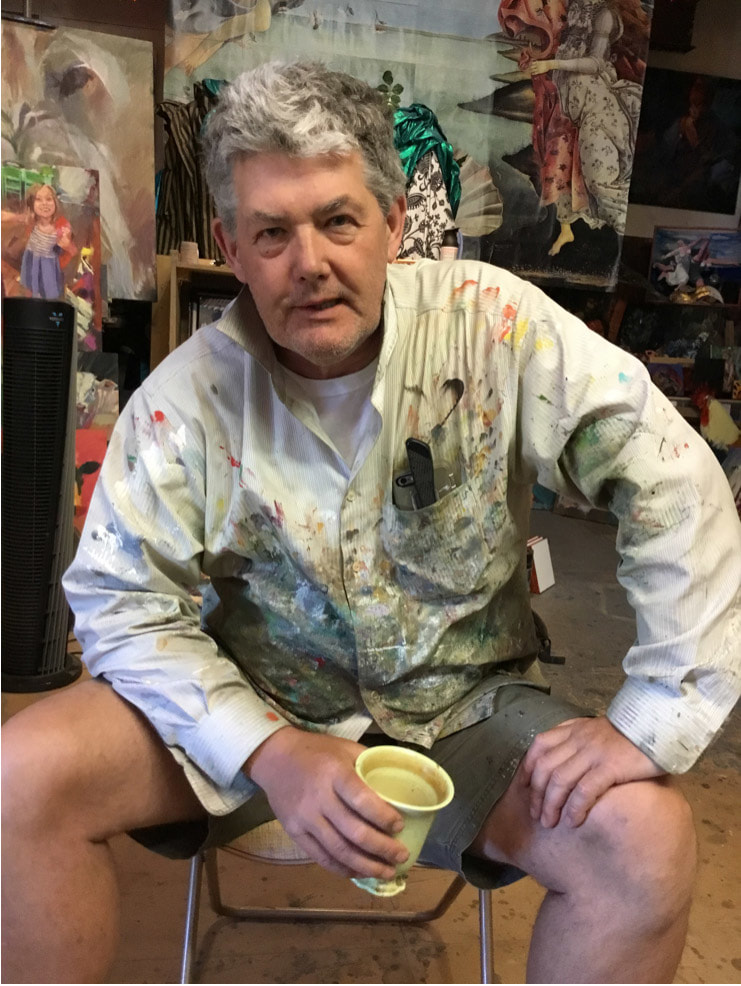
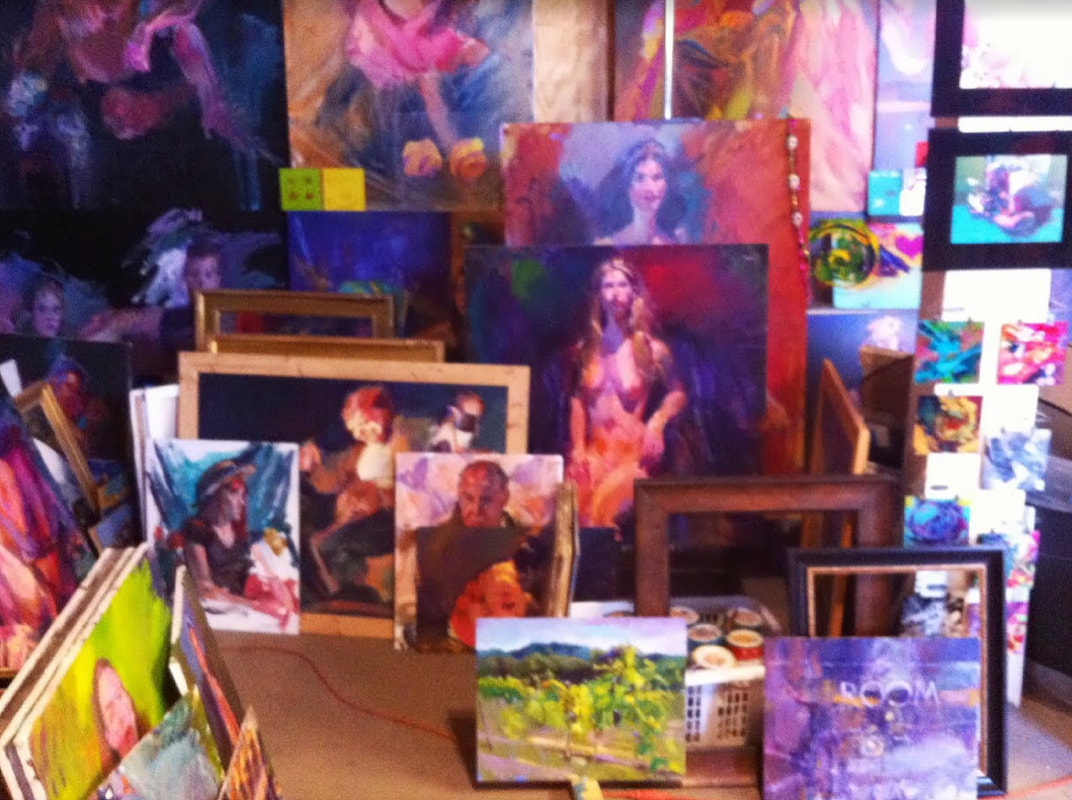
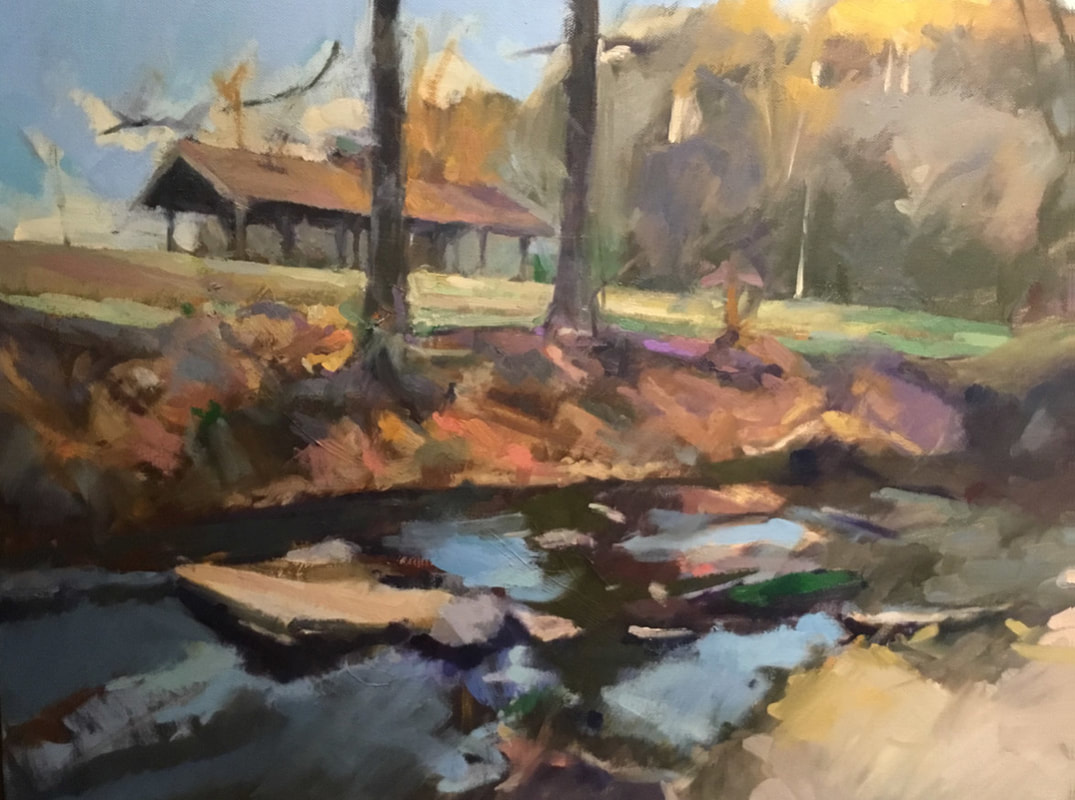
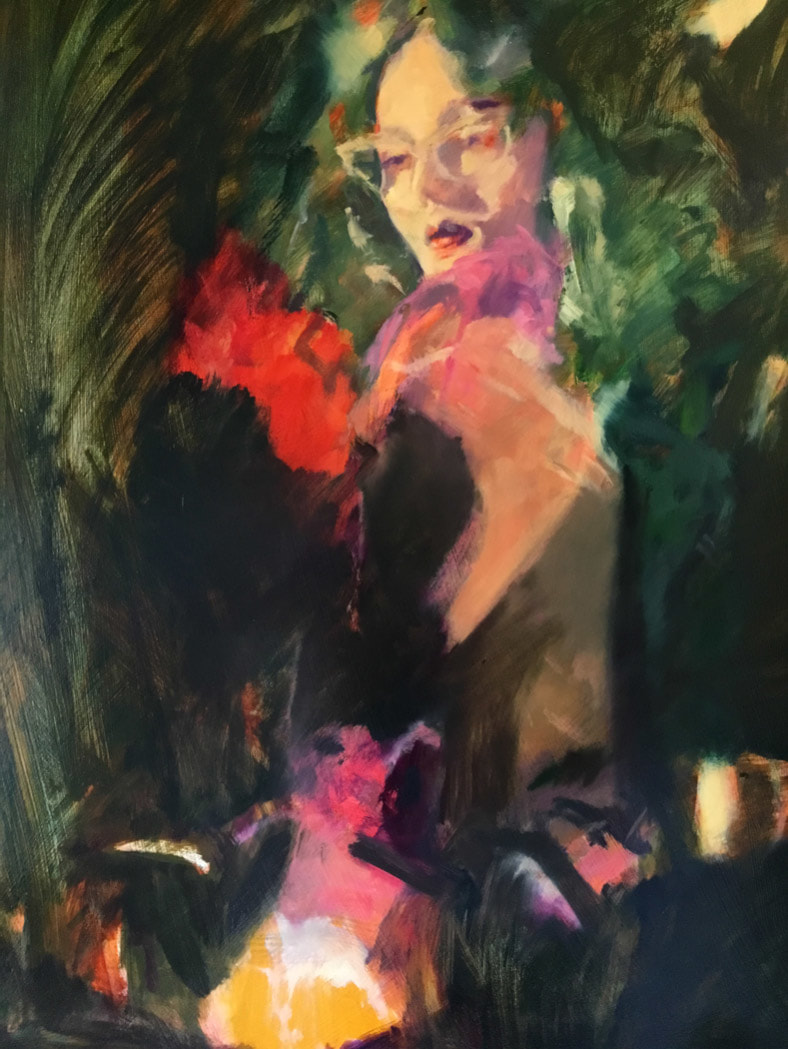
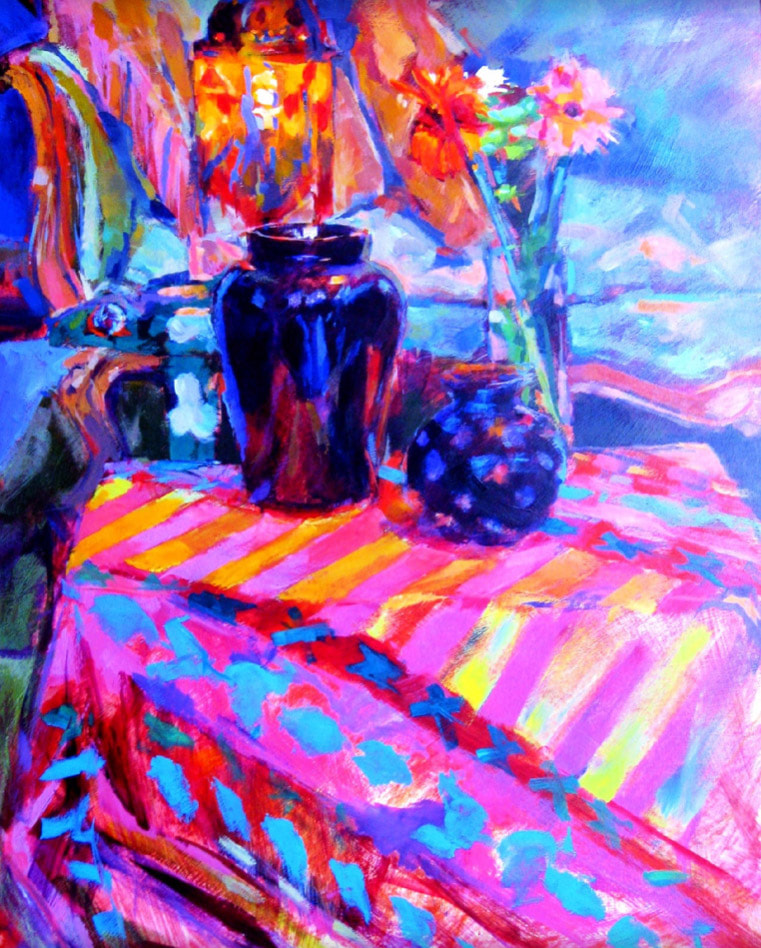
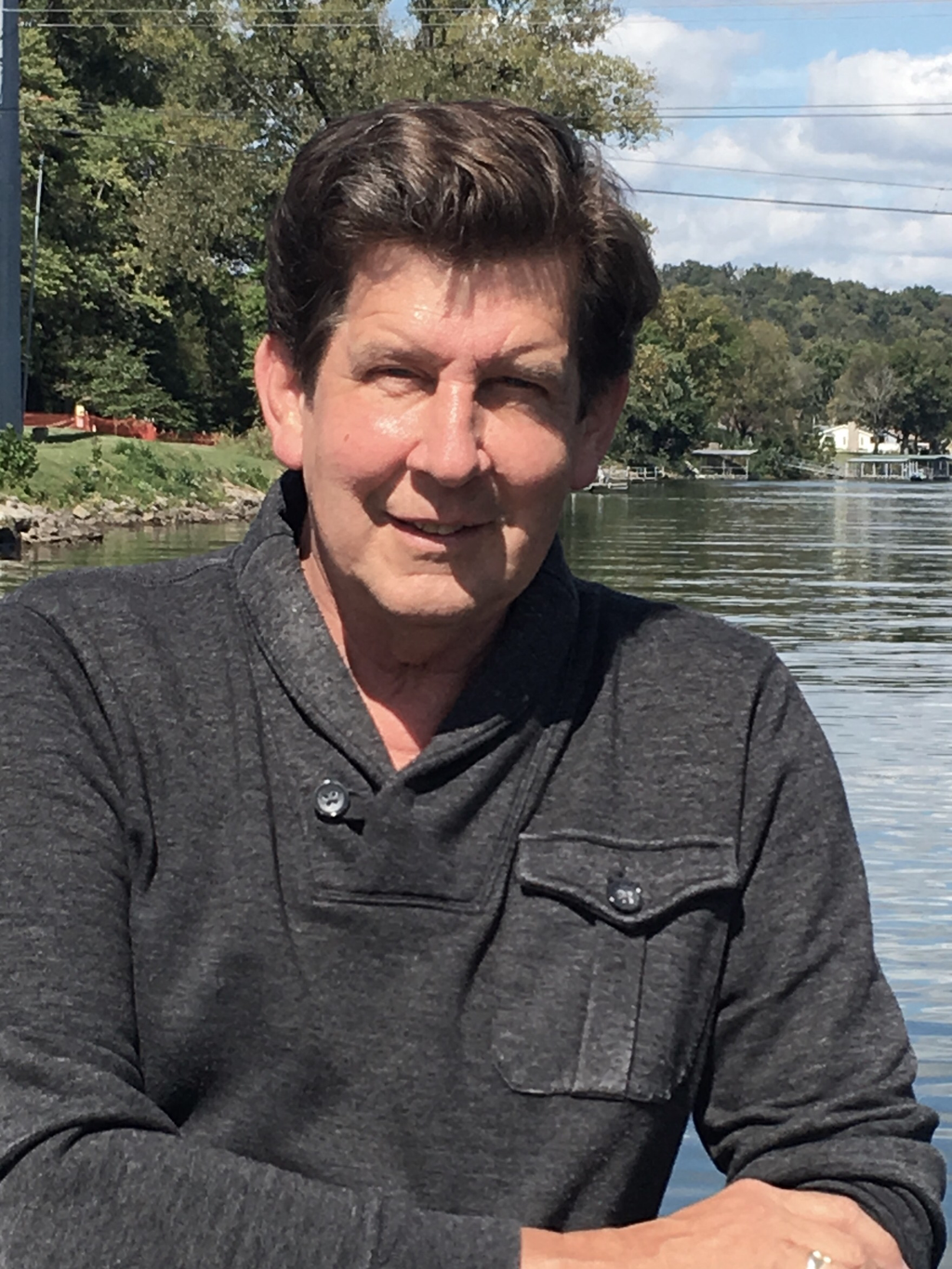
 RSS Feed
RSS Feed